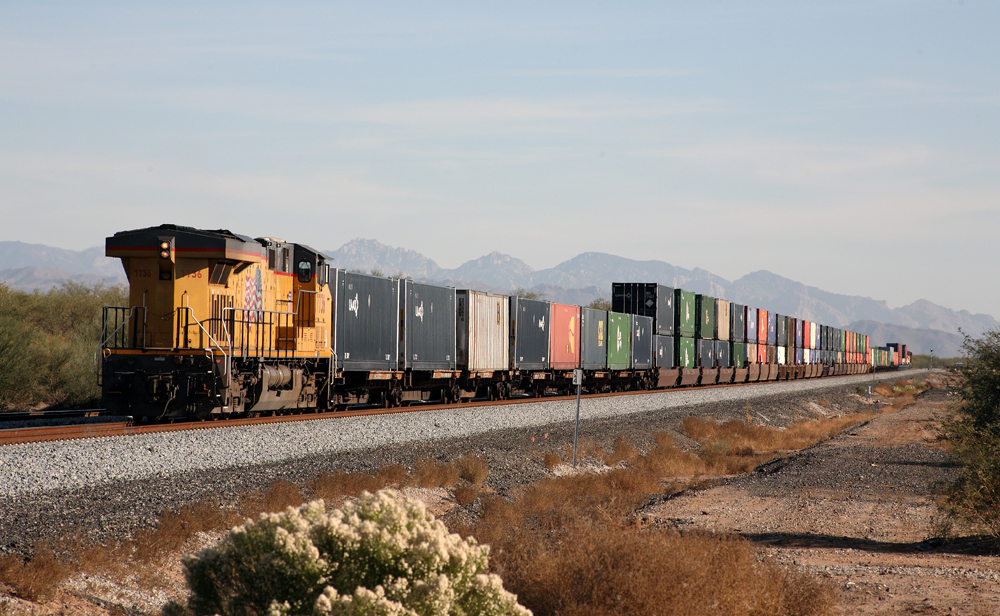
Helper locomotives
Helper locomotives are an essential part of modern railroading. It is an additional locomotive (or locomotives) added to a train in order to provide sufficient horsepower when the train is working through steep inclines (or grades), or must keep up a specific speed. Many routes with stiff grades will have specifically designated “helper districts” with the expectation that trains will need assistance in maintaining schedule or speed.
The use of helpers is almost as old as railroading itself, with the first examples appearing in the 19th century. Helpers have been so important that at least one town — Helper, Utah — was named after them! The first settlement in what would become Helper came in 1880 with the arrival of Teancum Pratt. Pratt’s mining interests did not flourish until the Denver & Rio Grande Western Railroad arrived in town between 1881 and 1882 to haul the ore out for processing. The town took its name from the extra locomotives attached to trains climbing the 15-mile, 2.4% westbound grade up to Soldier Summit.
Helper districts and helper locomotives are still an important part of modern railroading. While the use of helpers adds costs and complexity to rail transport, the benefits of being able to transport heavier loads more efficiently make it an important part of the industry.
Pullers, pushers, and helpers
There are three locations in a train to place helper locomotives. Depending on the railroad, a helper may be positioned at the end of the train (known as a pusher). Other railroads will attach a helper on the point, ahead of the regular units to add additional traction (known as a puller). In addition, depending on the length of the train and the tonnage, helpers can also be placed within the train. Helpers are not just a fixture of freight trains. When necessary, passenger trains have had additional units tacked on, as well.
DPUs, dynamic braking, and downsides
Helper locomotives can also be used in conjunction with other technologies to improve the efficiency of rail transport. For example, some railroads use distributed power systems that involve using multiple locomotives spread out throughout the train to provide additional power and control slack action. This can be especially helpful for longer trains. DPU’s are unmanned, and controlled by the engineer in the lead locomotive.
Despite the many benefits of helper locomotives, there are also some downsides to their use. For example, they add costs to rail transportation, as they require additional maintenance, fuel, and crews. Then there is the fact that additional time is spent adding and removing helpers.
Overall, the benefits of using helper locomotives in modern railroading far outweigh the downsides. By providing additional power and control to trains, helper locomotives can ensure that rail transport remains an efficient and cost-effective way to transport goods and people over long distances.
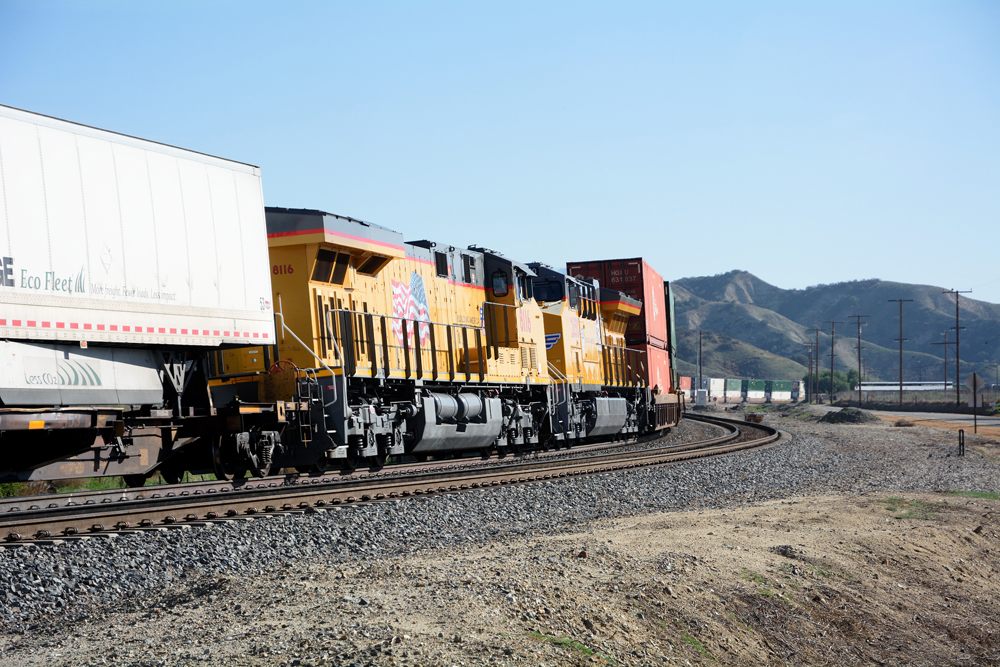






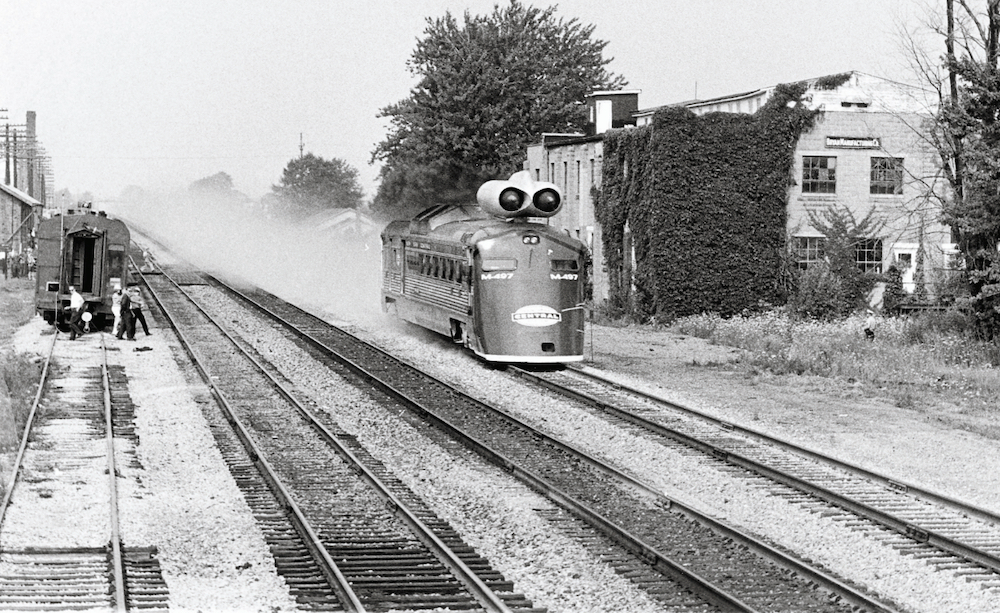
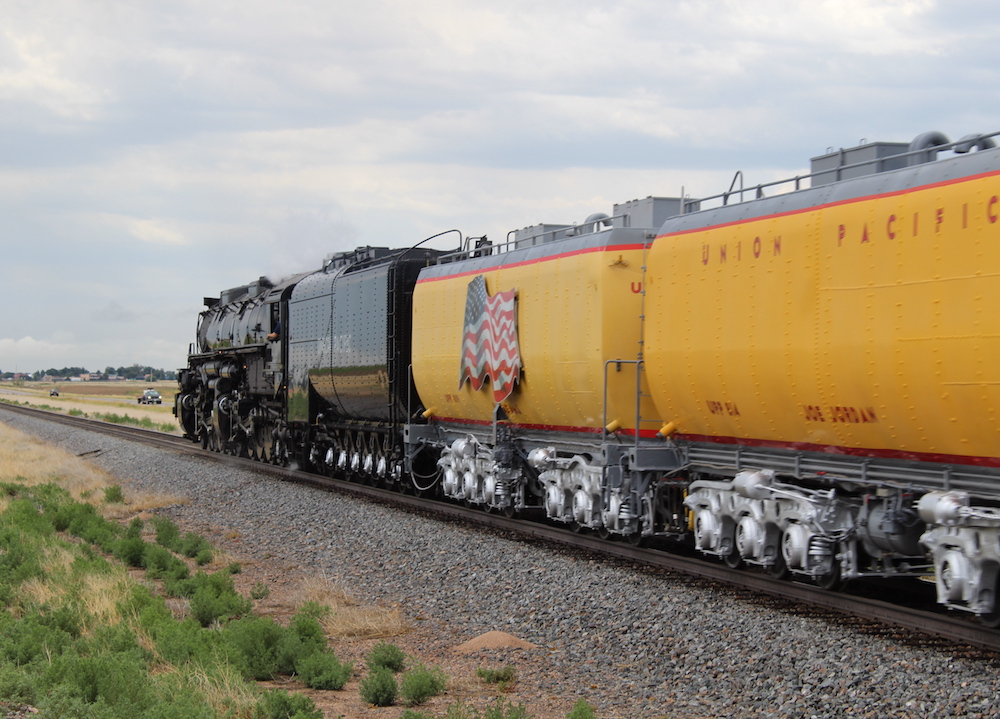
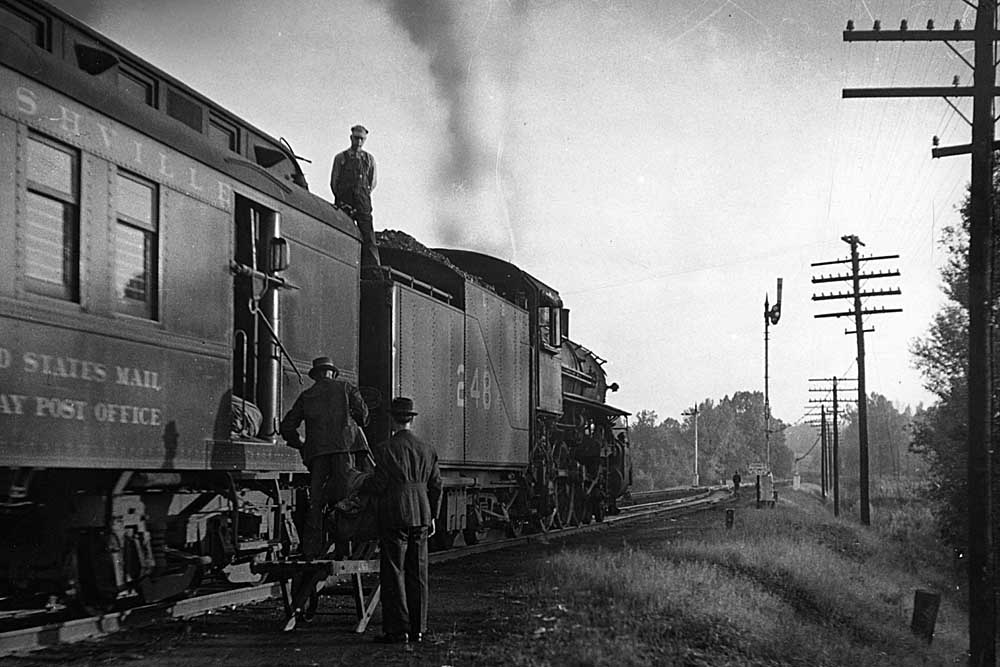




Helper locomotives they have an important job lugging trains over the mountain to the next station. Helper Utah on my Rio Grande is named after them this is where the locomotives are assigned to get the trains over Soldier Summit to Provo and Roper Yard in Salt Lake beyond that.
Trains are really heavy and with a grade of 2.4% you need a set of helper engines to get you over thats why we have Essex Montana and Cutbank Montana on the Northern Transcon, Levingston and Bozeman on Mullan Pass, Ogden and Evanston on the Transcontinental Railroad Roseville, Colfax, Emergrent Gap, Truckee, and Sparks also on the Transcontinental Railroad Mojave and Edison on Tehachapi Loop, Helper and Provo on Soldier Summit, most of the grades on the OSL and OR&N, and Cumberland and Rockwood on the Sand Patch Grade. My personal favorites Soldier Summit and the OSL thats my home territory.